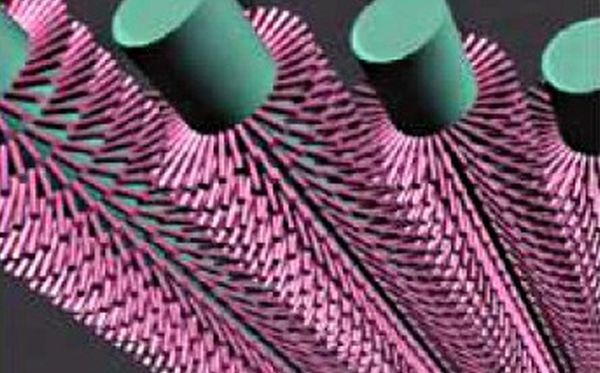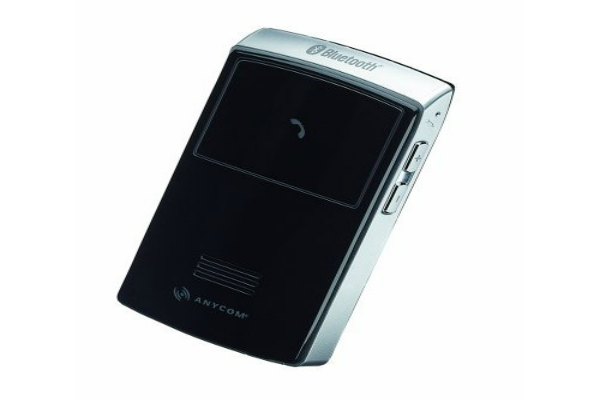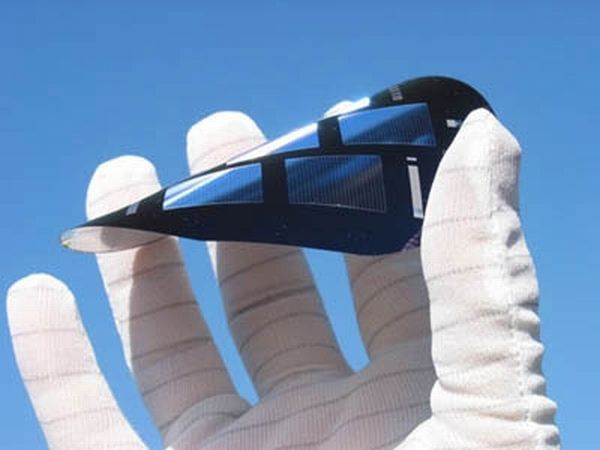Imagine your clothes having the ability to recharge your phone battery or providing energy for your iPod to listen to music. Imagine whatever you can because all this is going to be true in the near future. Scientists have been working on developing energy producing clothes. All this is possible by using titania semiconducting nanorods, which are grown on the surface of carbon fibers resembling a tiny hairbrush rather than a conventional solar cell. This configuration will be far more efficient than the conventional solar cells.

However, there is a big question of how these rod shaped solar cells can be inducted into clothes? A team of researchers from the Georgia Institute of Technology in Atlanta, and Xiamen University in China have recently been able to develop a new method of preparing uniform solar cells of Titania better known as Titanium Dioxide (TiO2) nanorods on carbon fibers. The new method of preparing TiO2 nanorods is by many means better than the old method where high temperatures was required for the sol gel method, which caused cracks in the material.
This new method is innovative as helps in growing bunch of TiO2 nanorods on even flexible surfaces for energy harvesting and storage. However, there are certain challenges that hinder the fabricating of the tube like solar cells, which includes changing the pure Ti foil into the form of TiO2 nanorods. Another challenge is that of coating the carbon fibers with nanorods and then arranging them uniformly on the fibers. But, researchers have overcome most of the hurdles and were able to prepare a solution for TiO2 nanostructures that could directly grow them on fibers surface. It was possible by the ‘dissolve and grow’ method that will help to transform Ti to the vertically placed single crystal TiO2 nanorods on the carbon fibers. The large surface area of tube shaped nanorods gives them the ability to absorb light from every direction.
In future they may introduce many more innovations like carbon fibers or carbon materials as the counter electrodes for this configuration. Carbon fibers and TiO2 promise to bring us a energy efficient future by application on clothes and paper.
Via: Physorg




